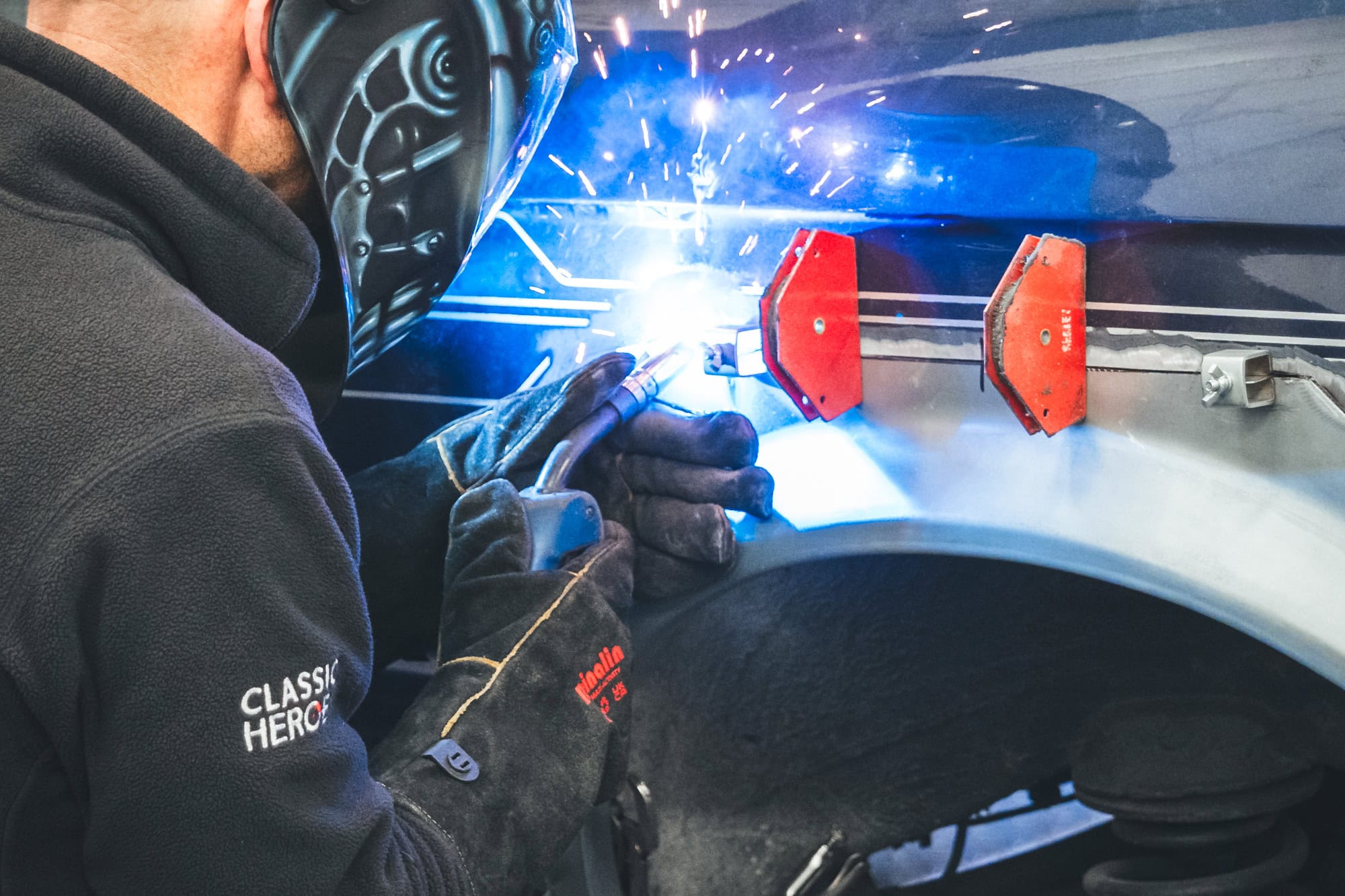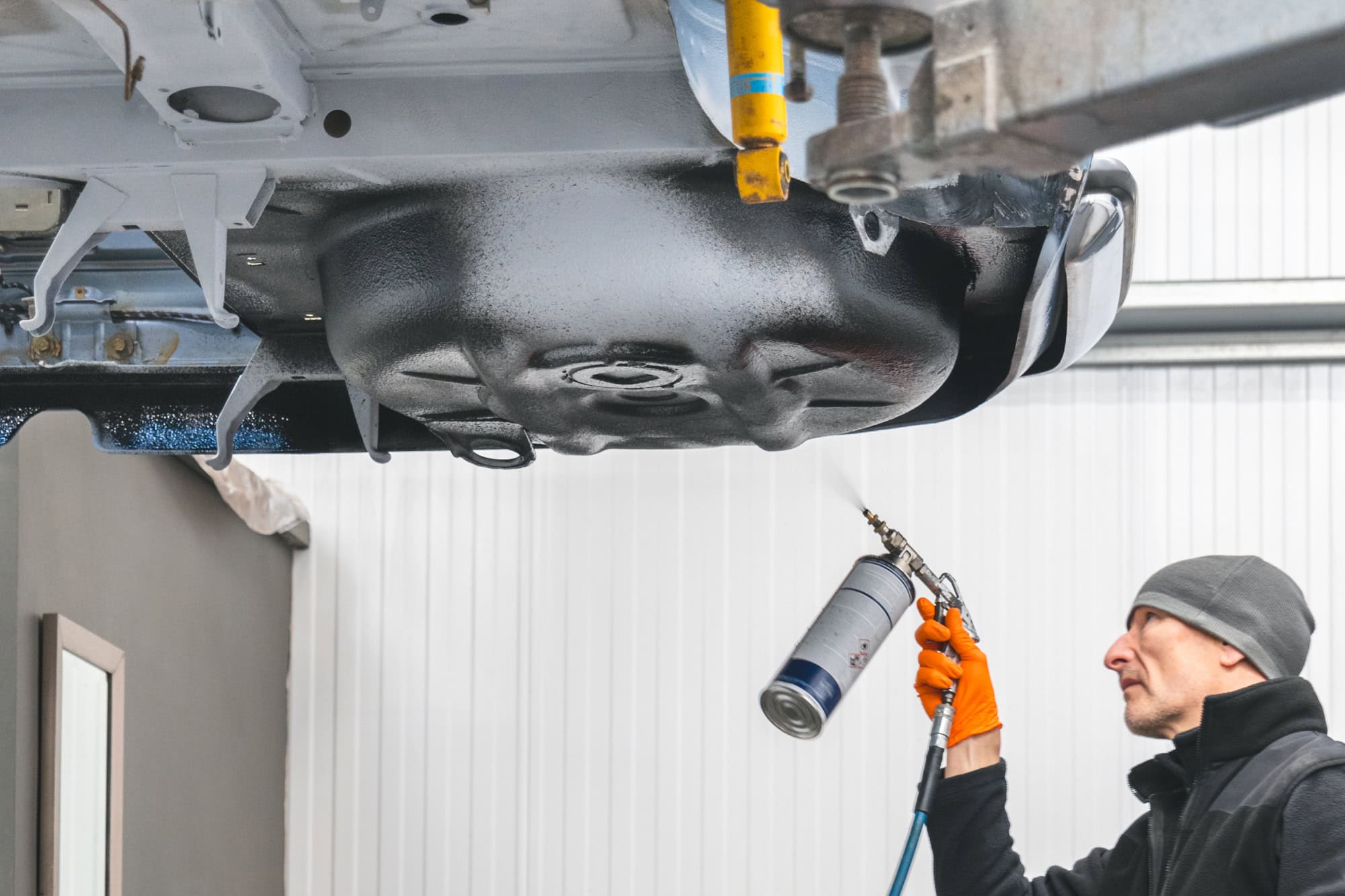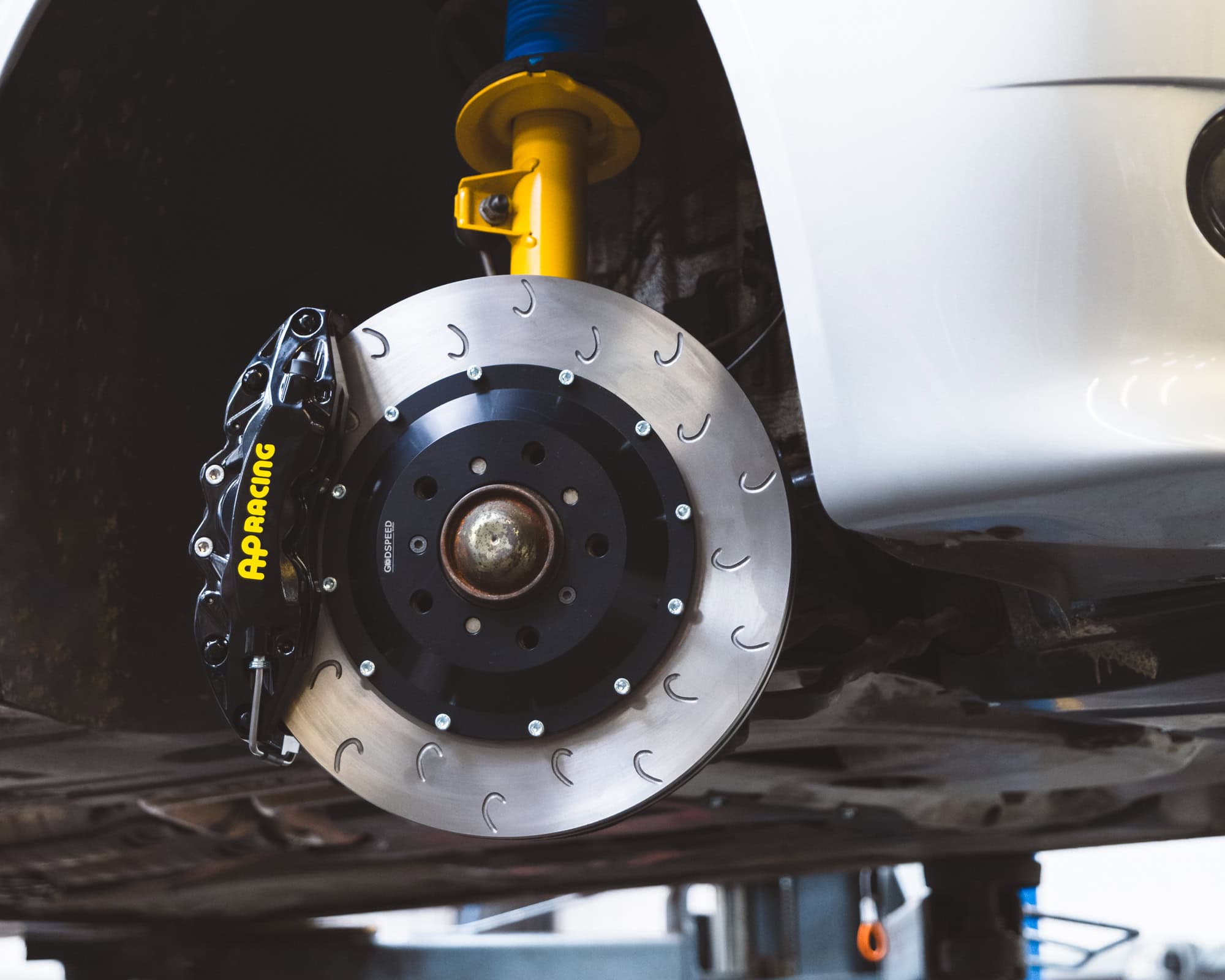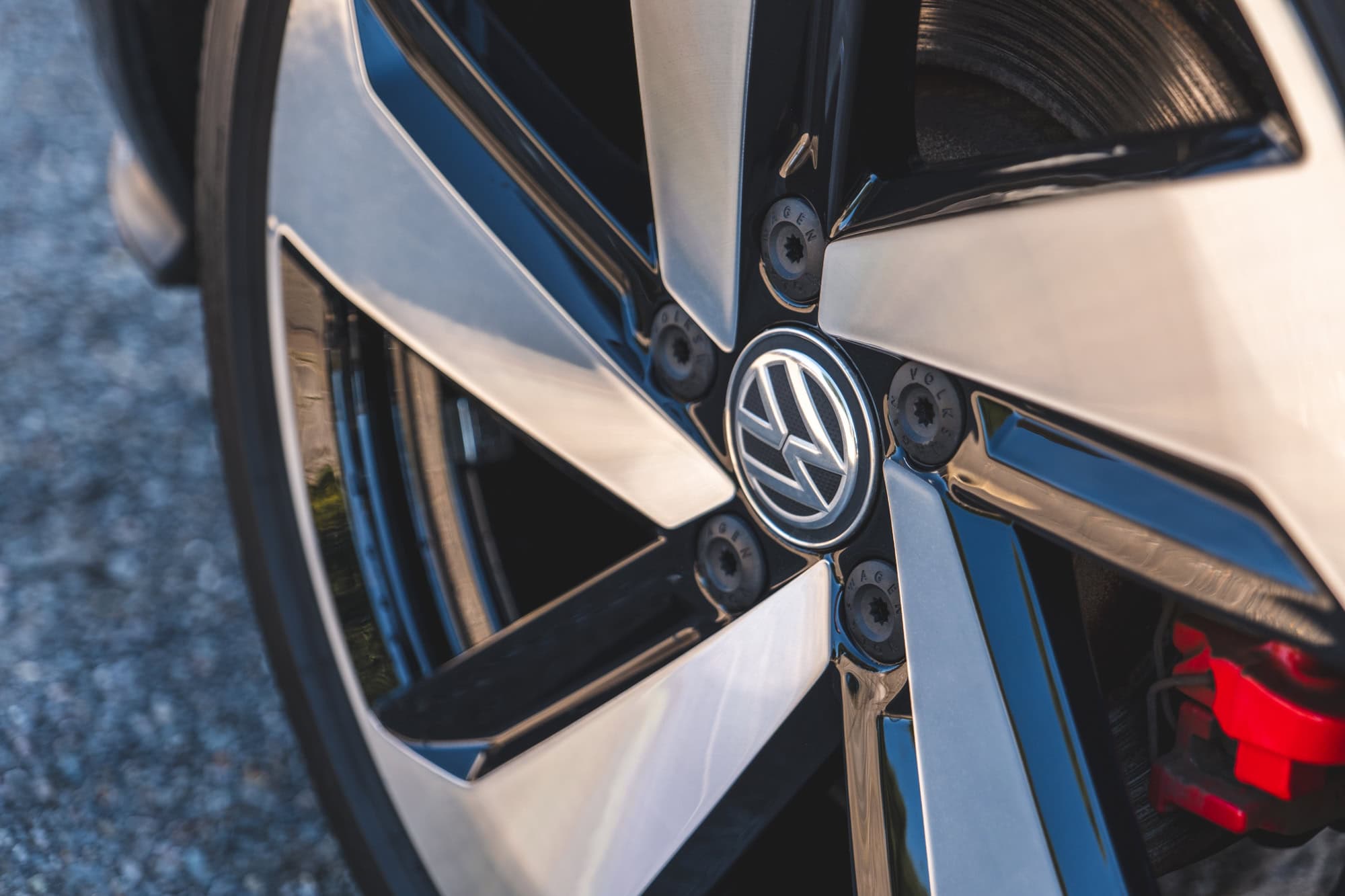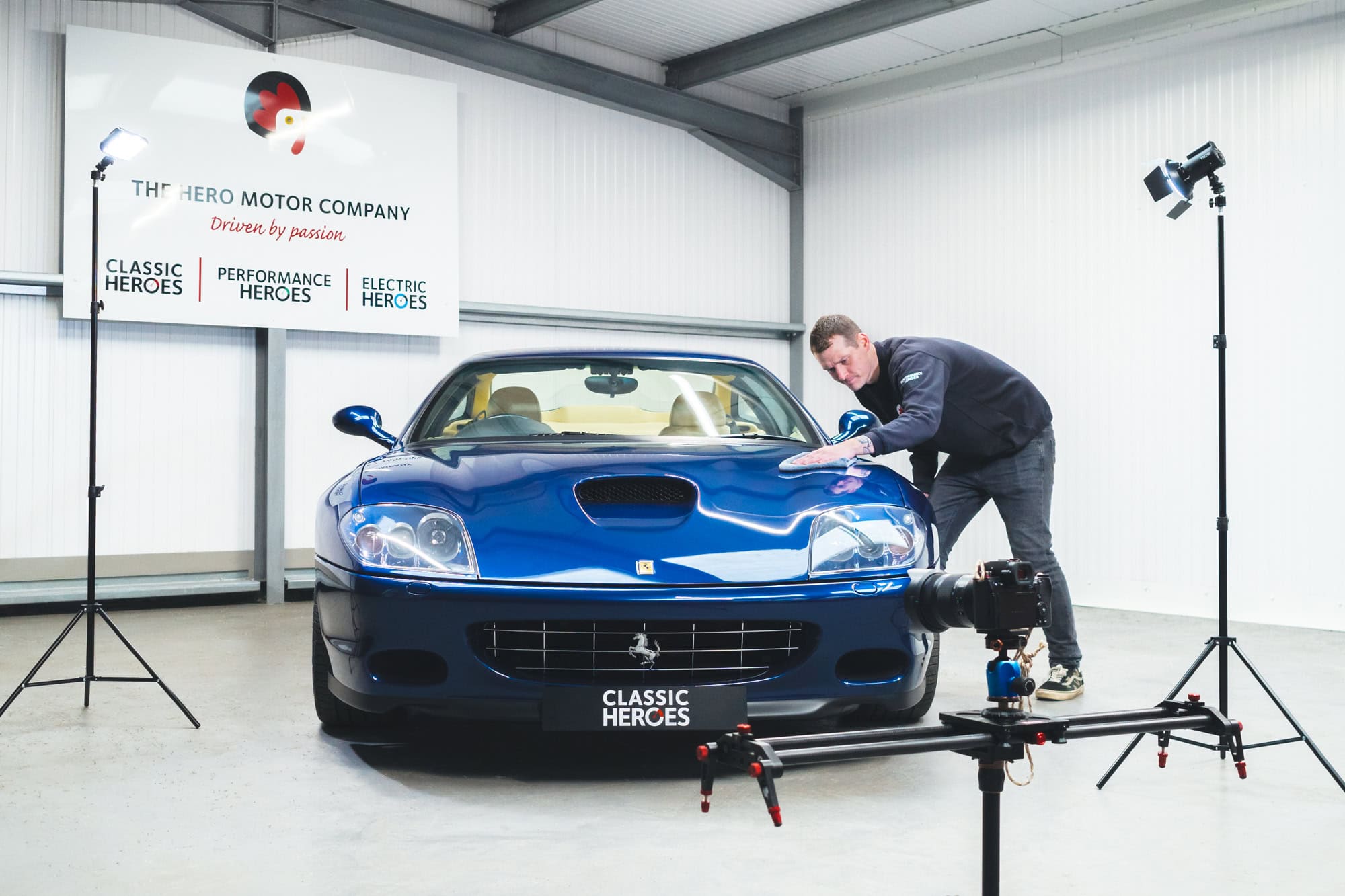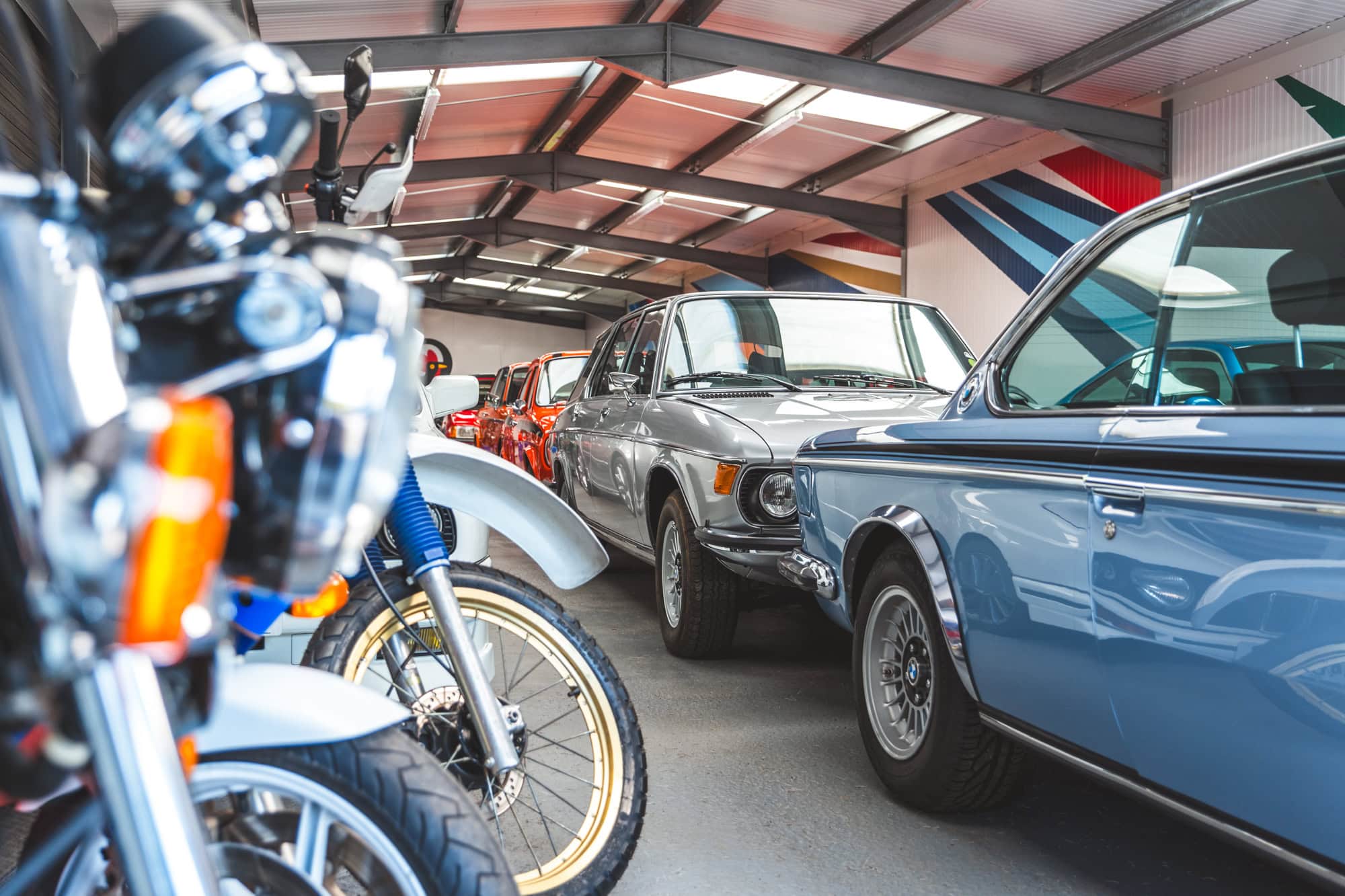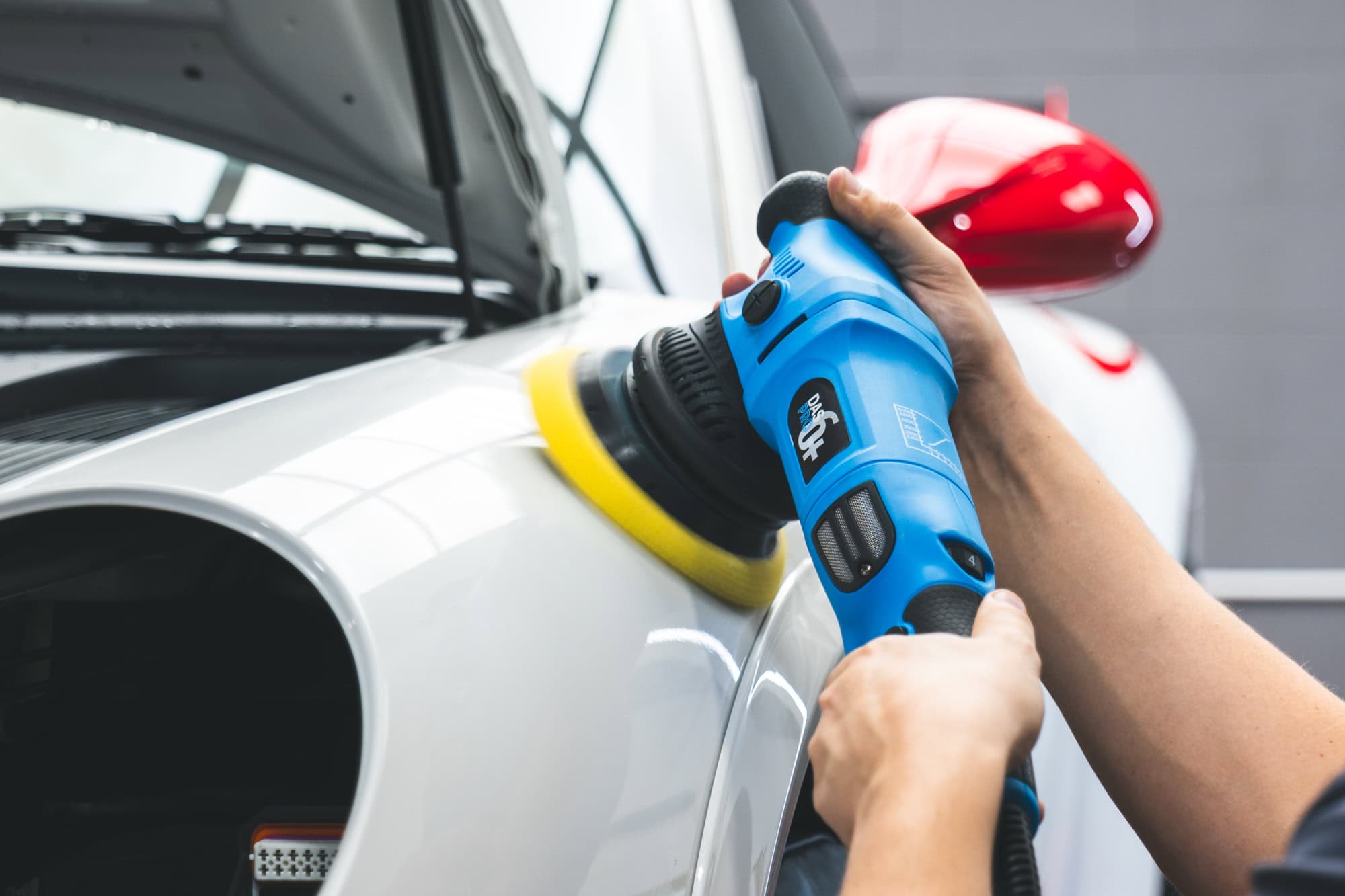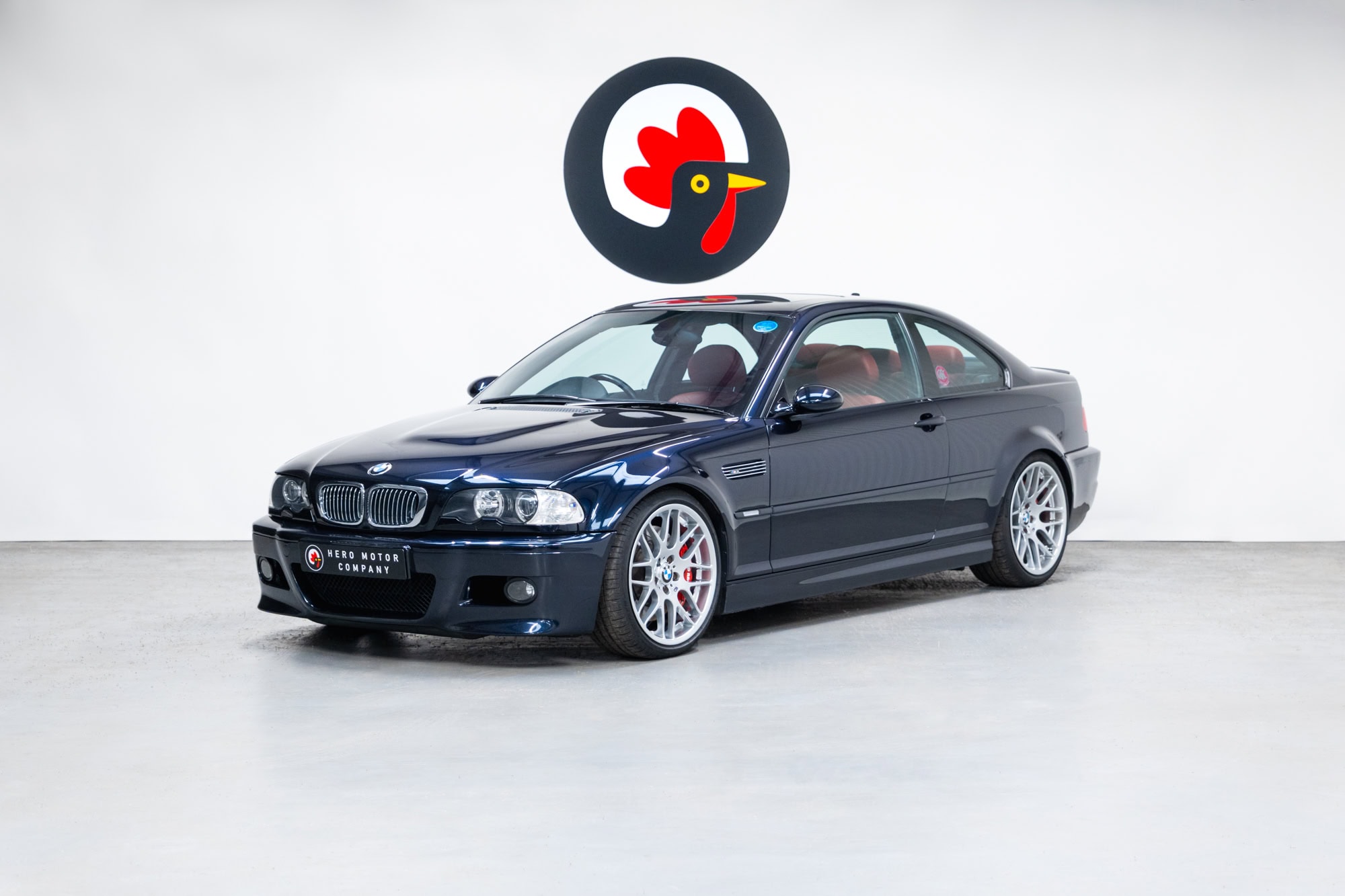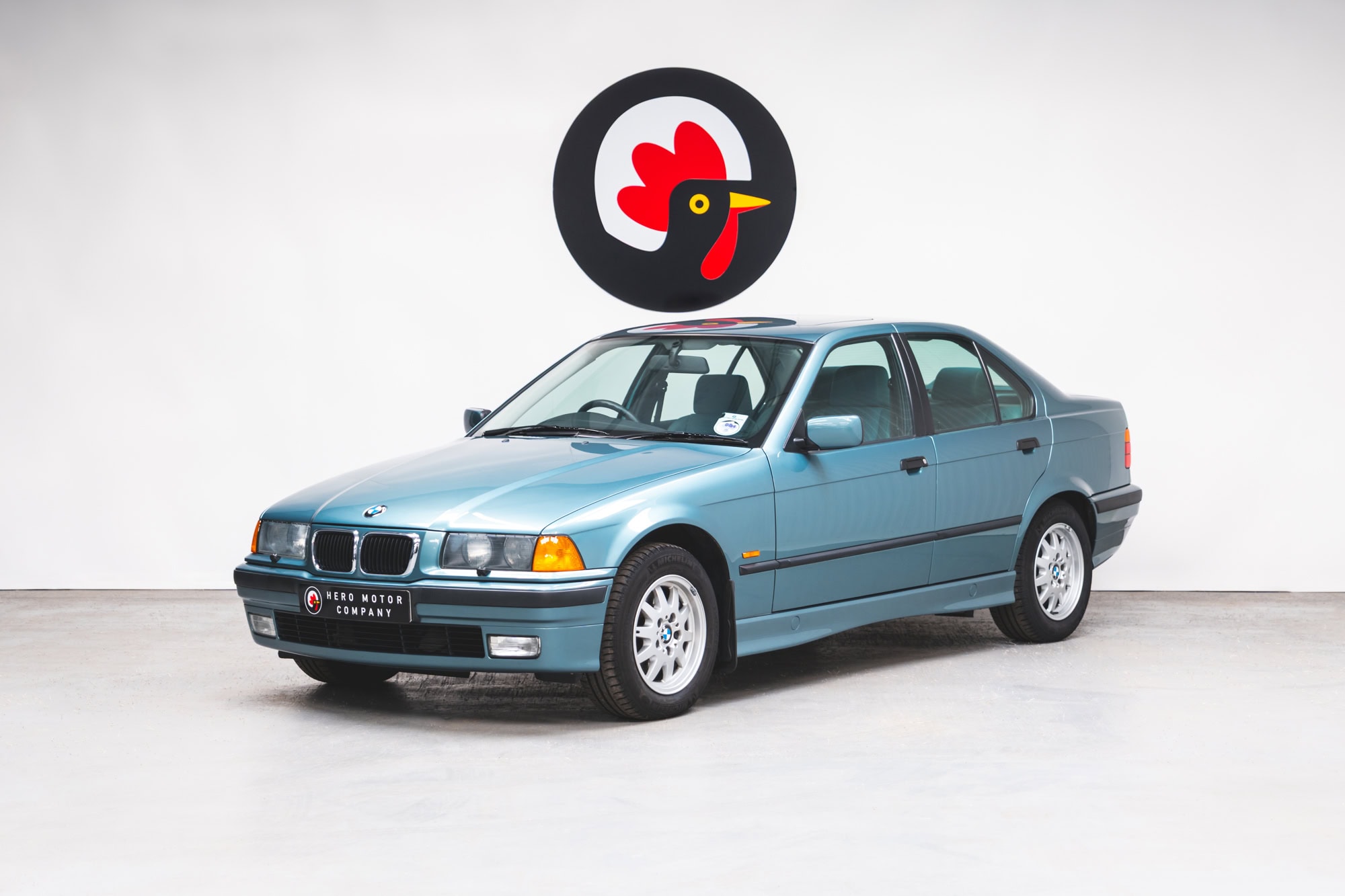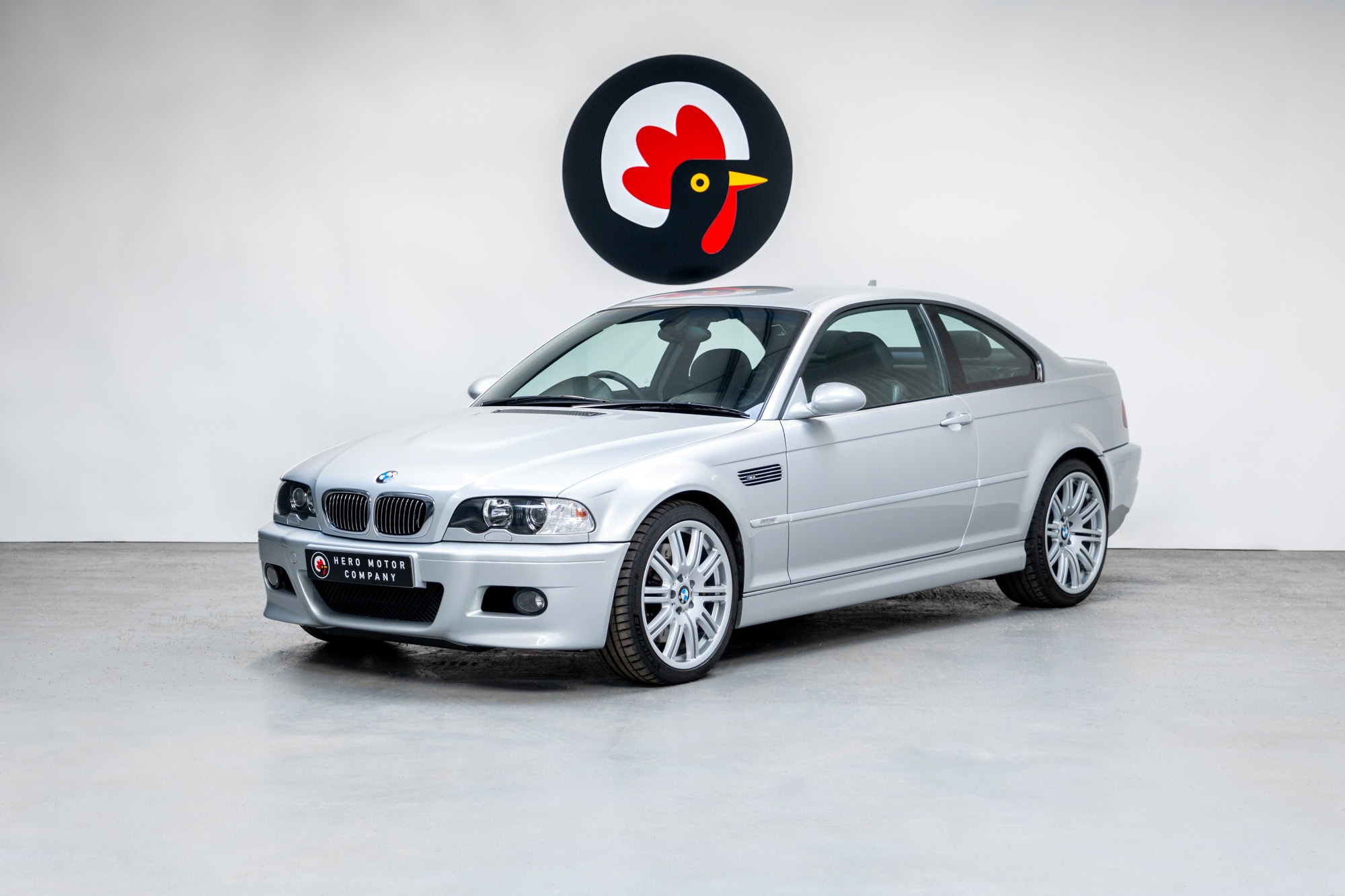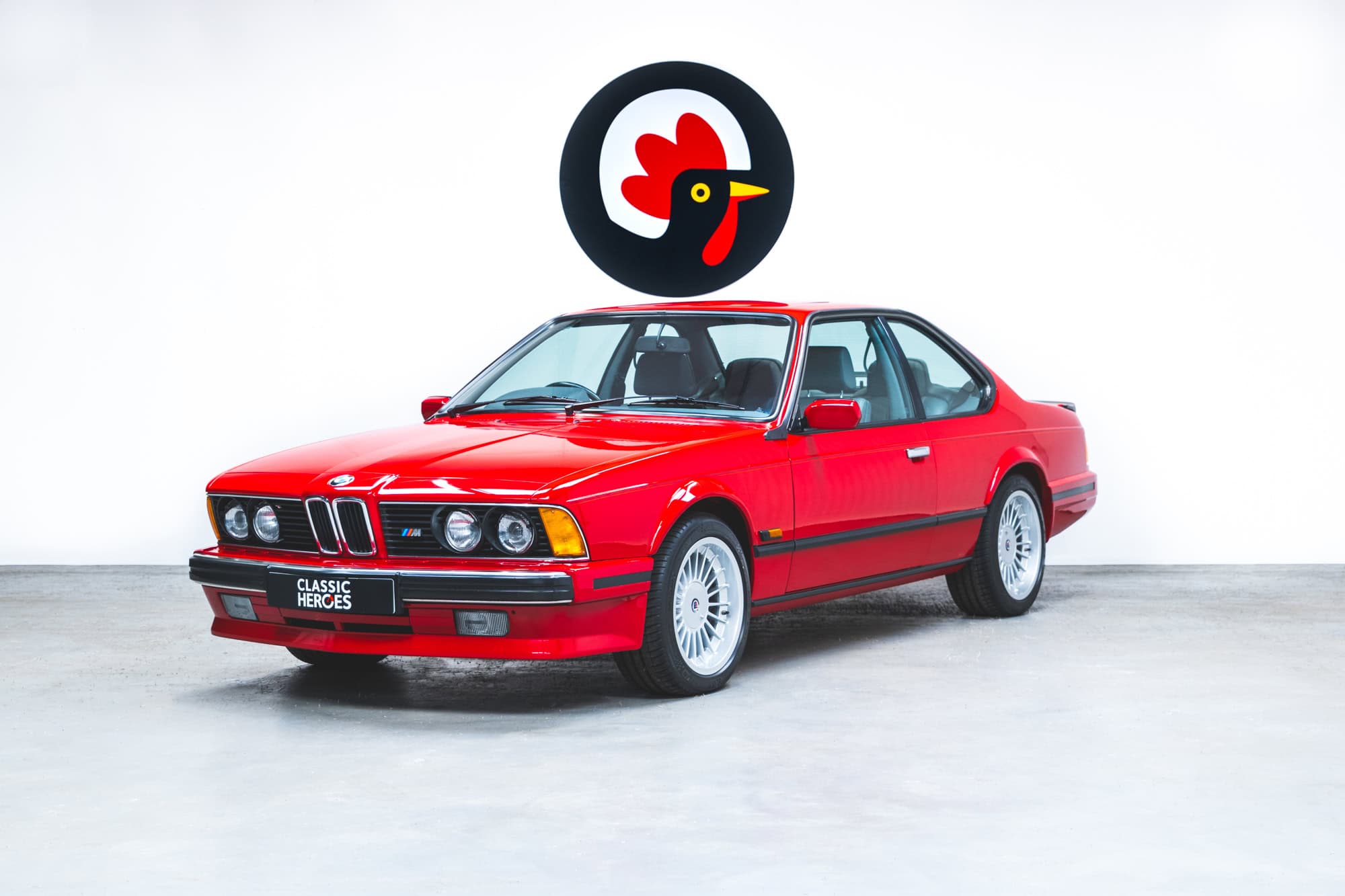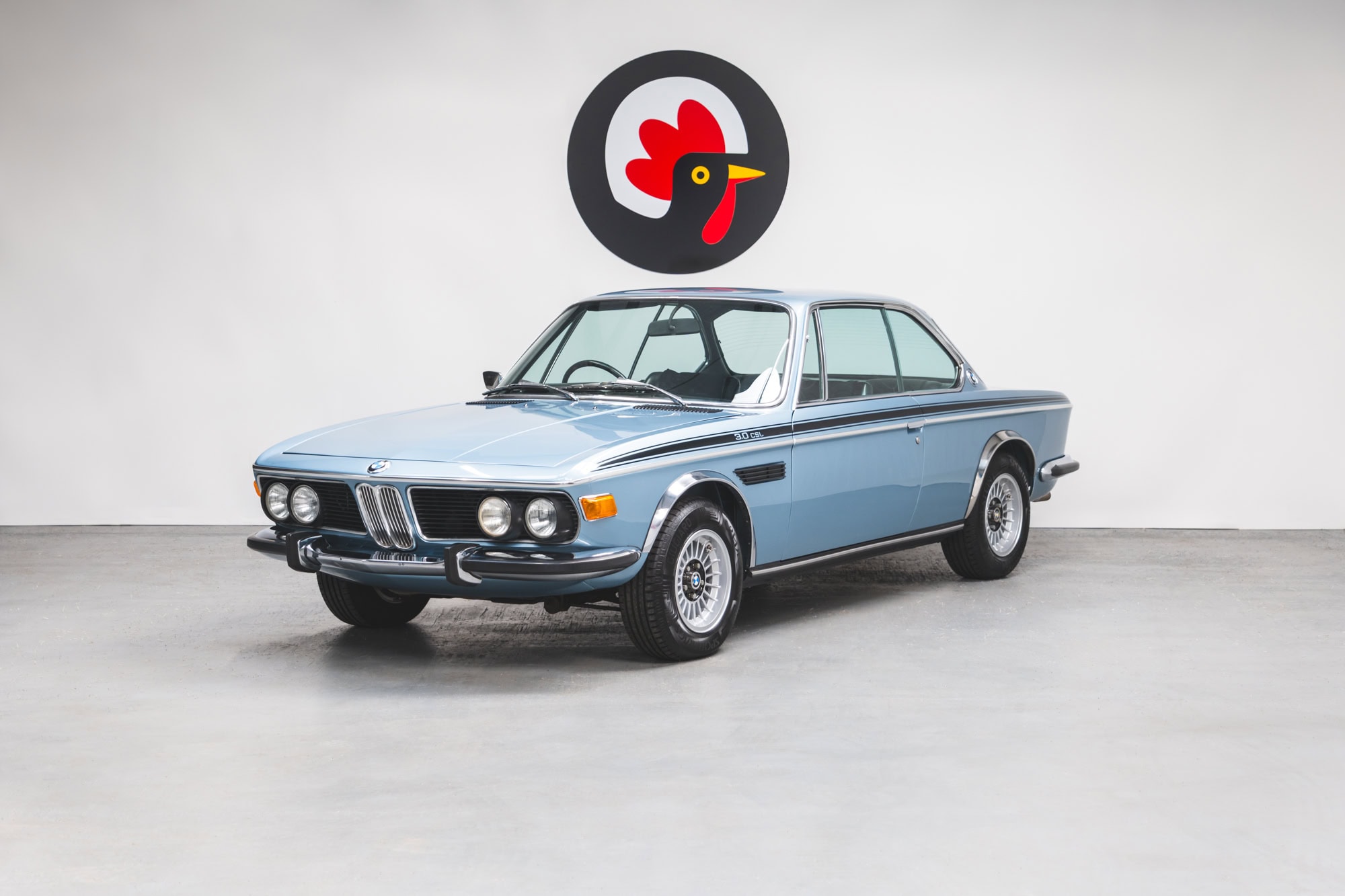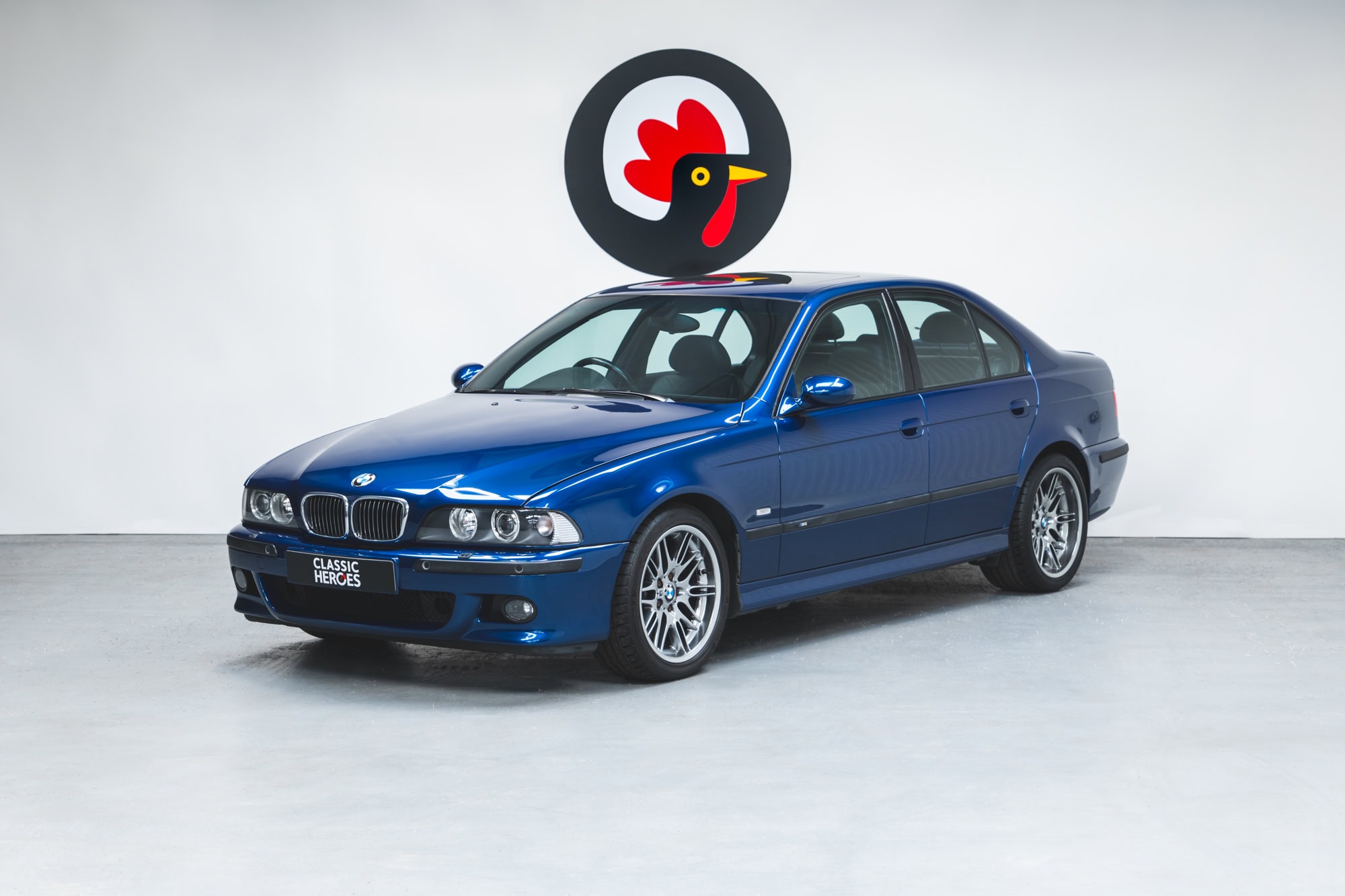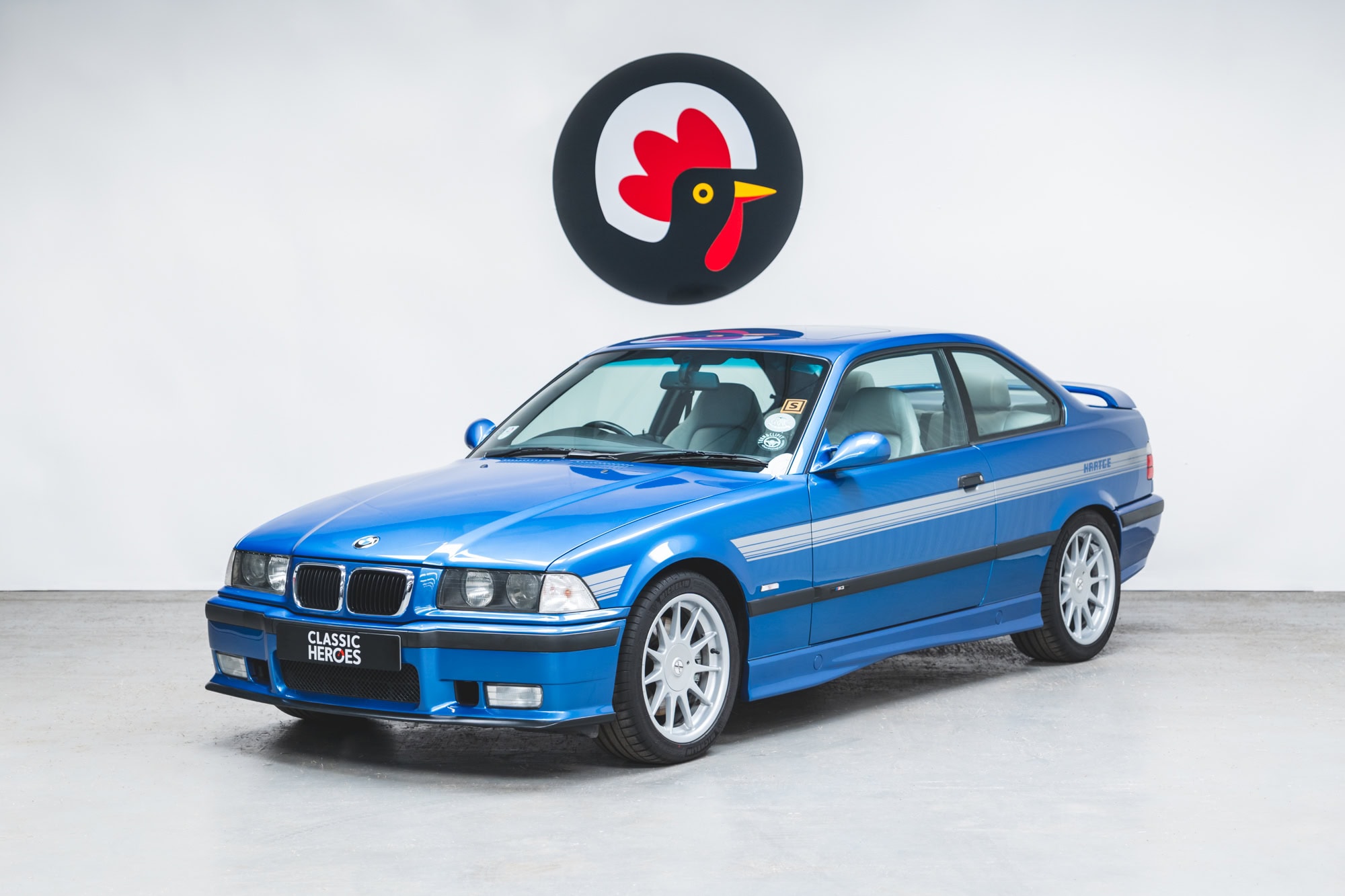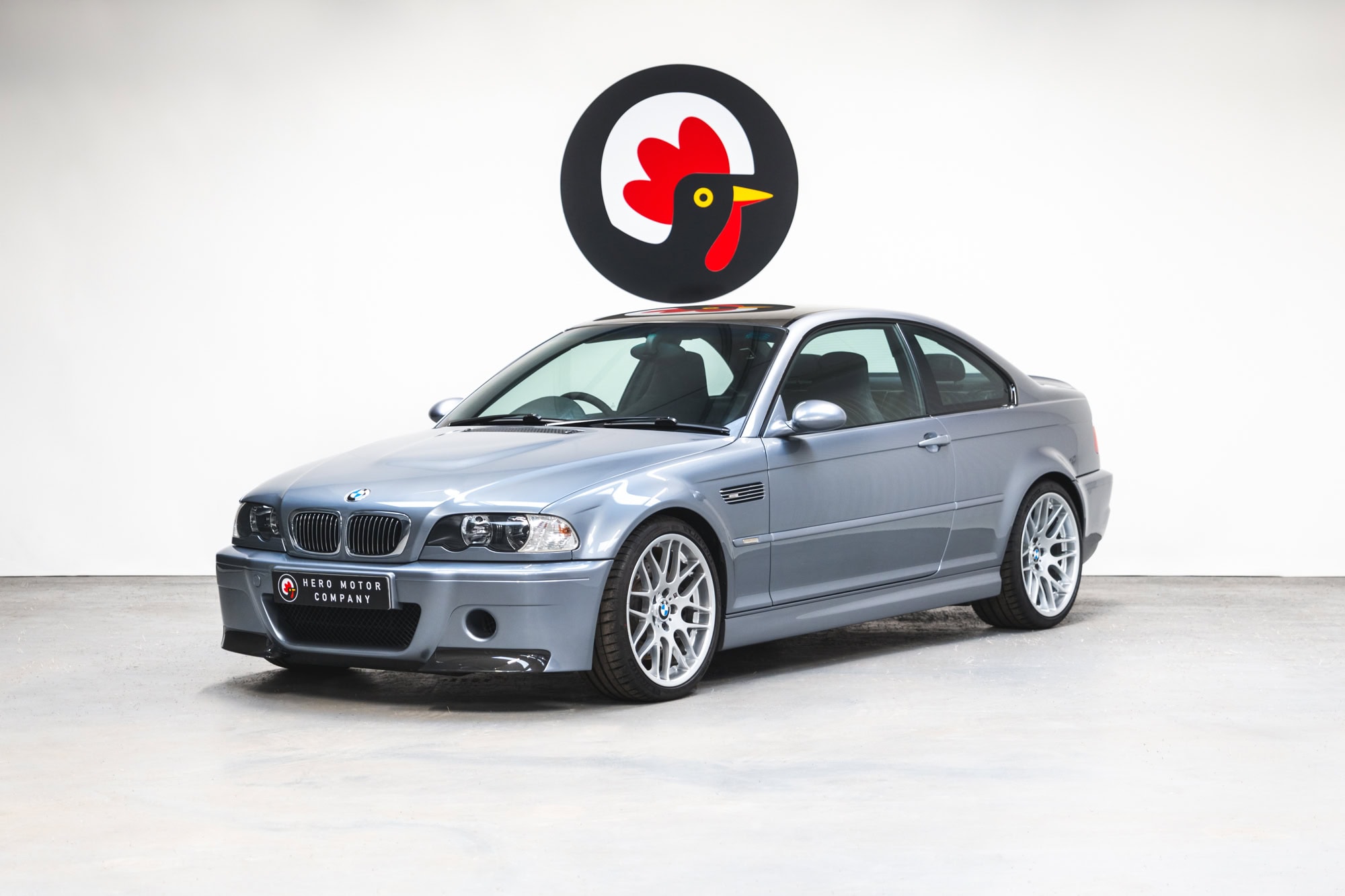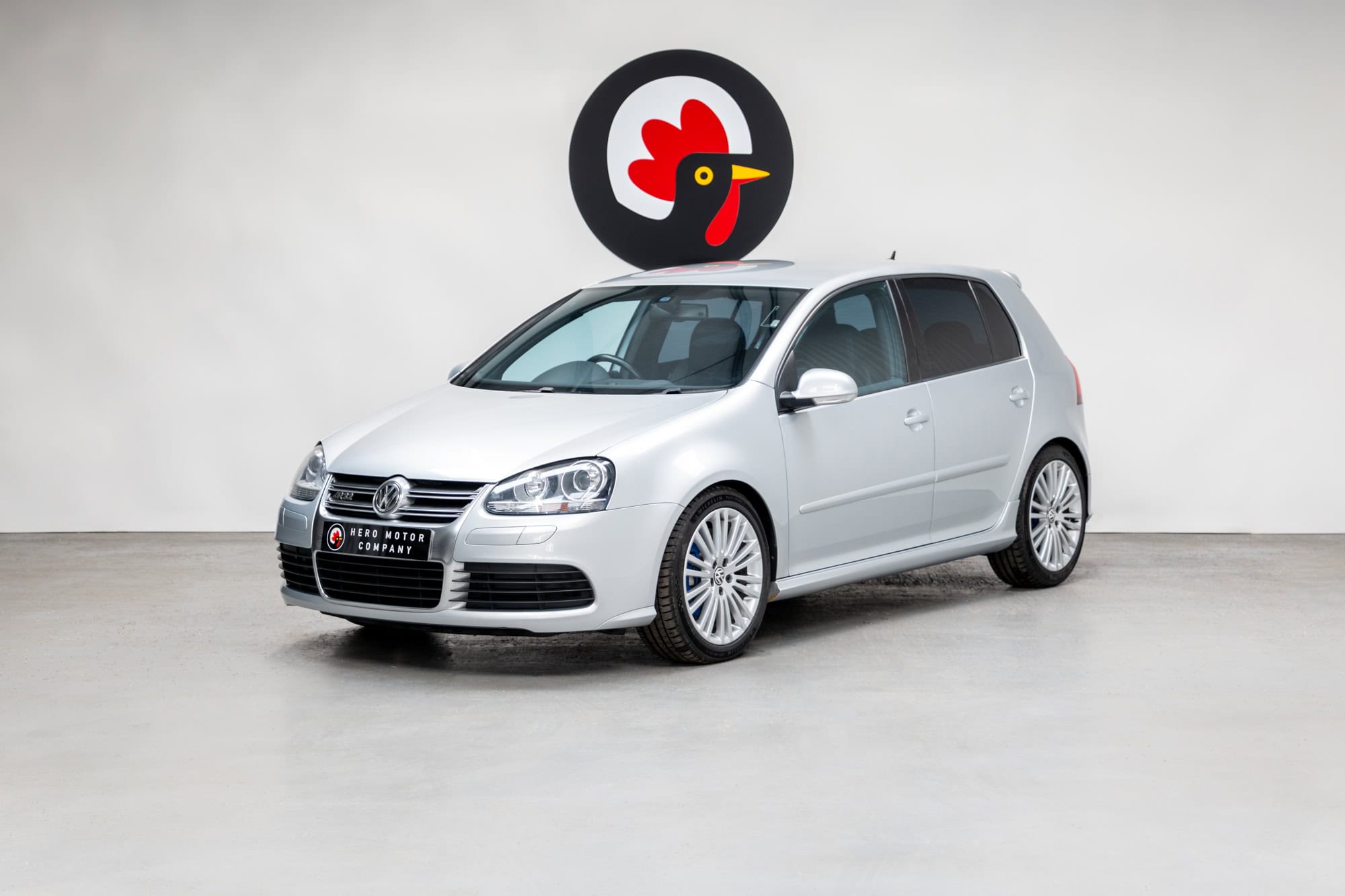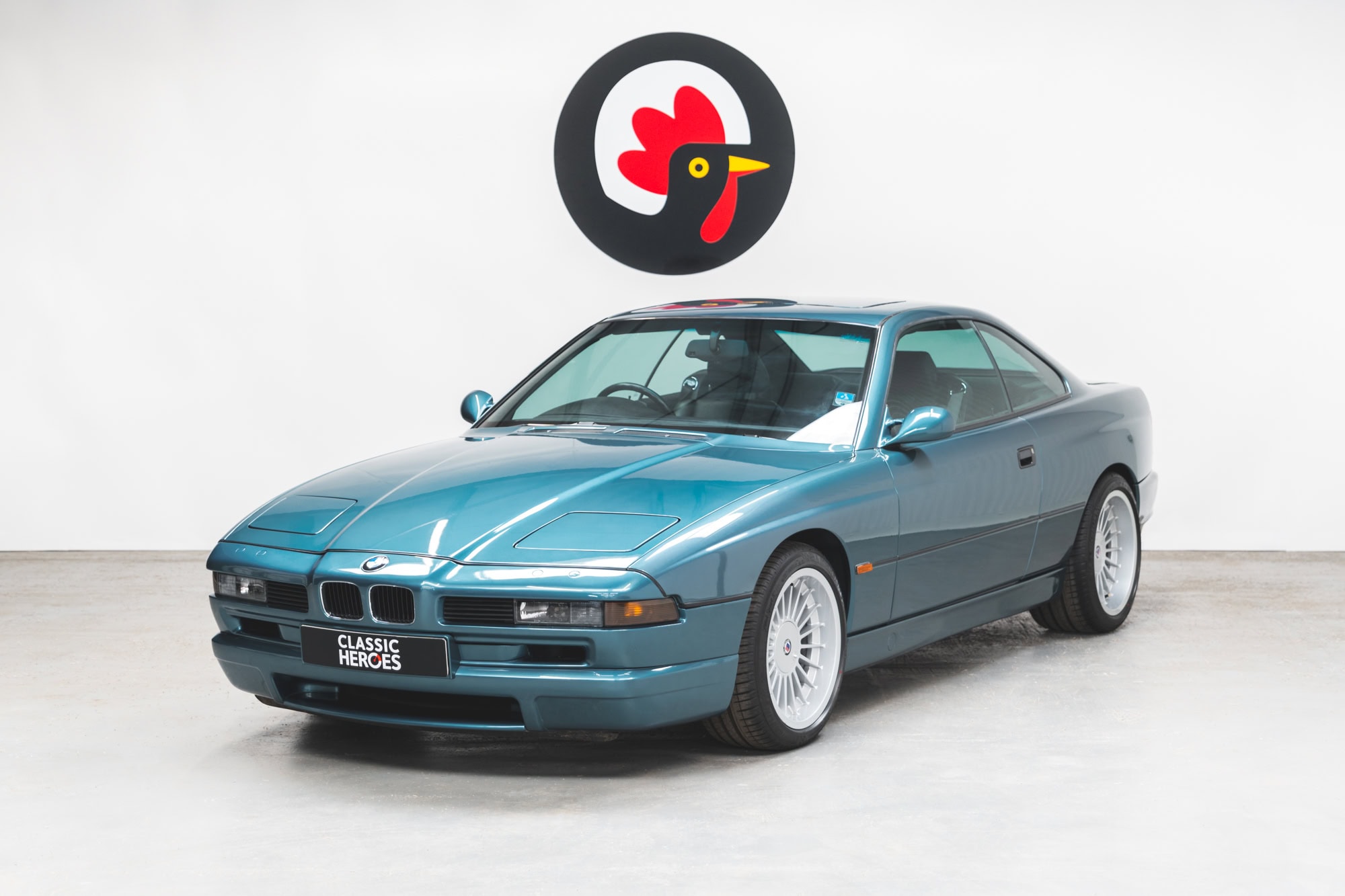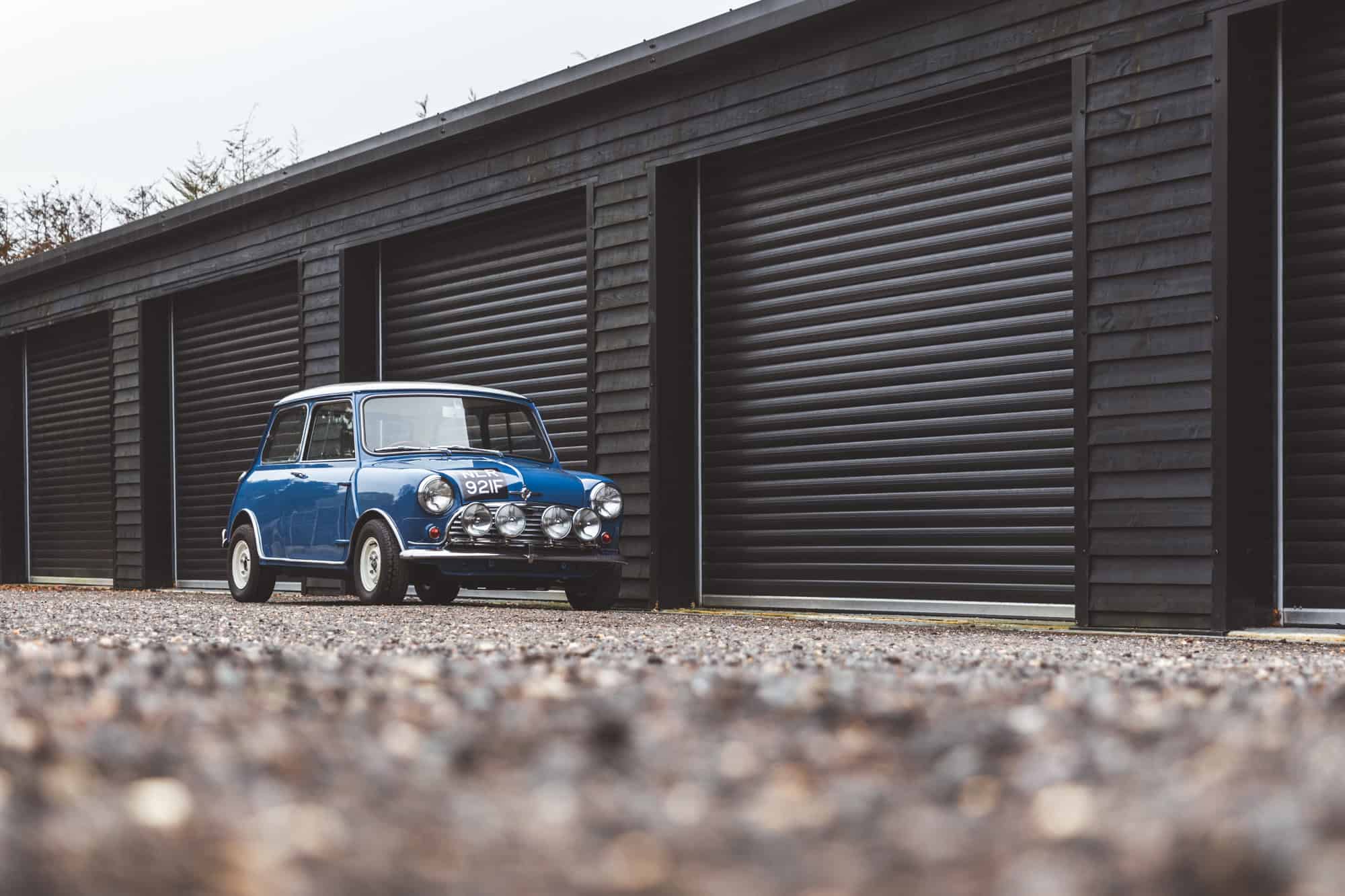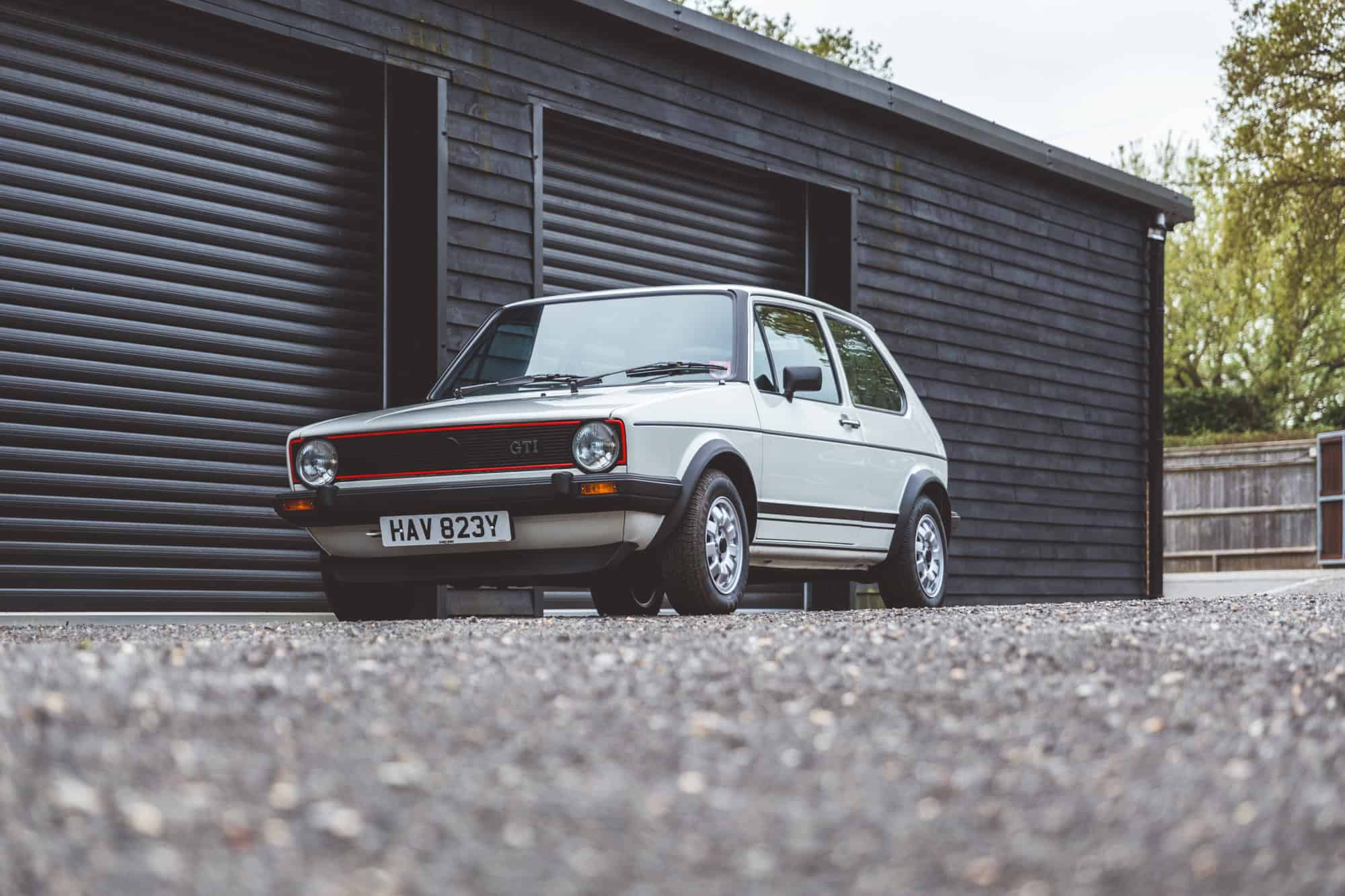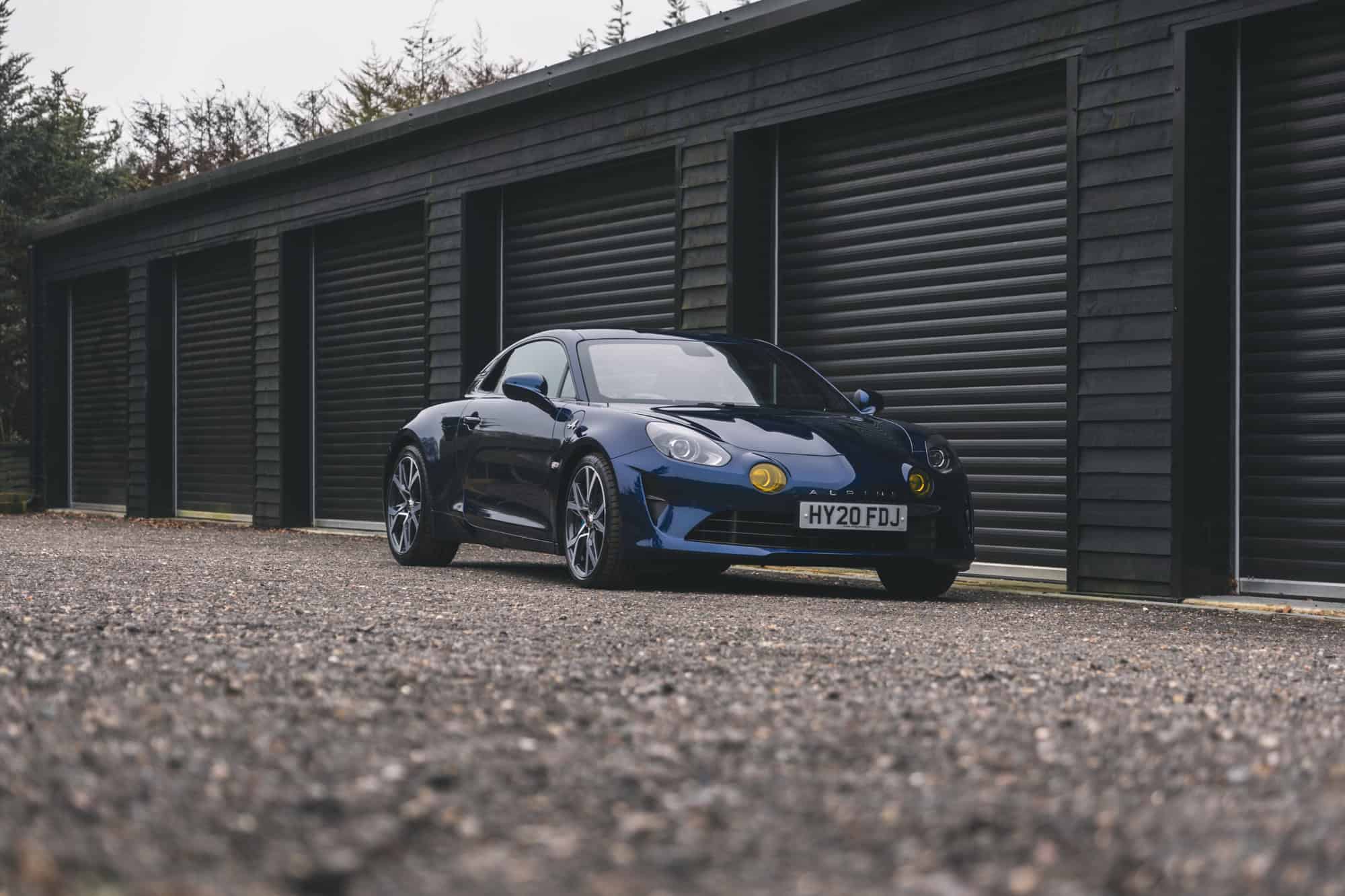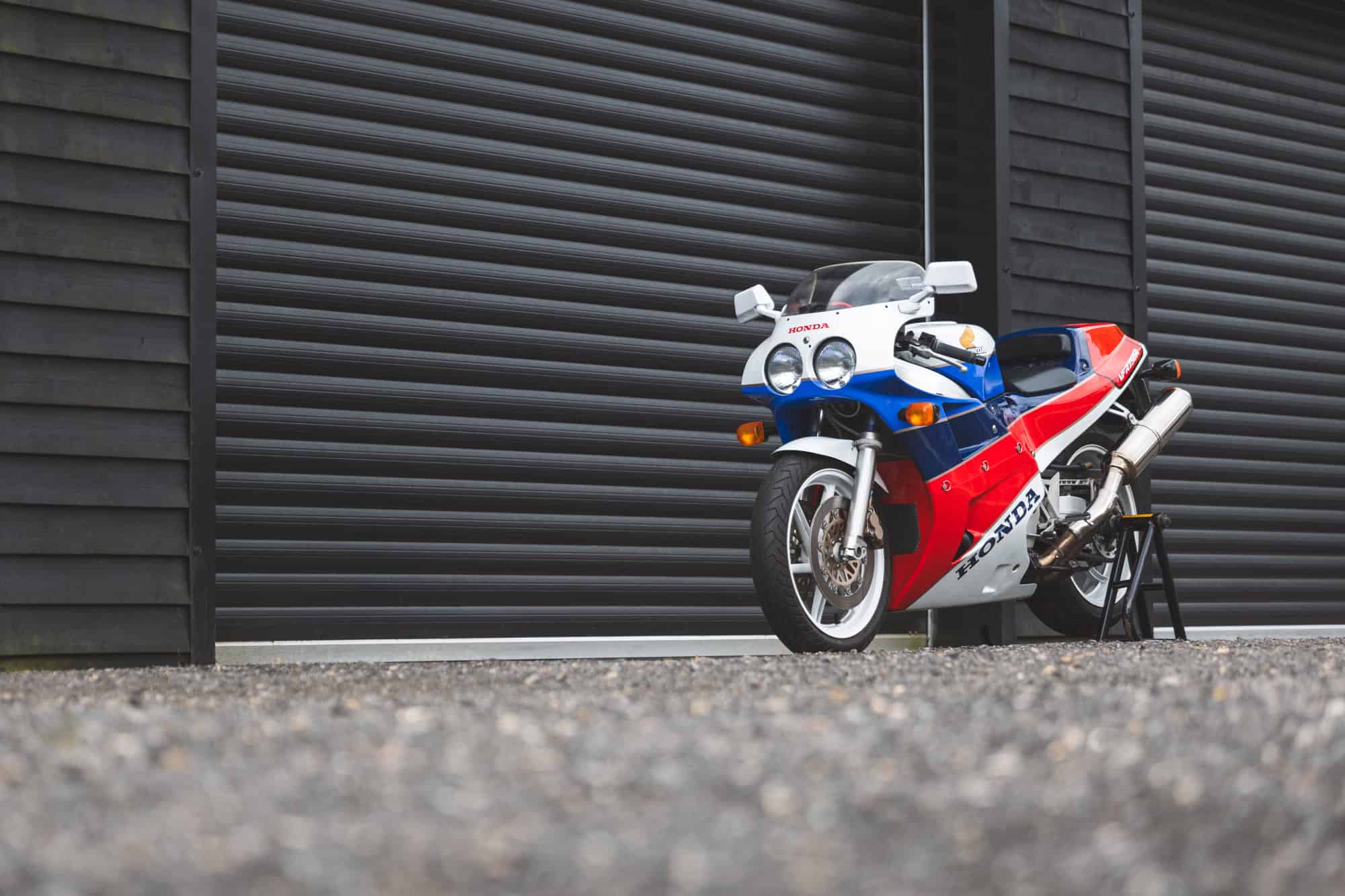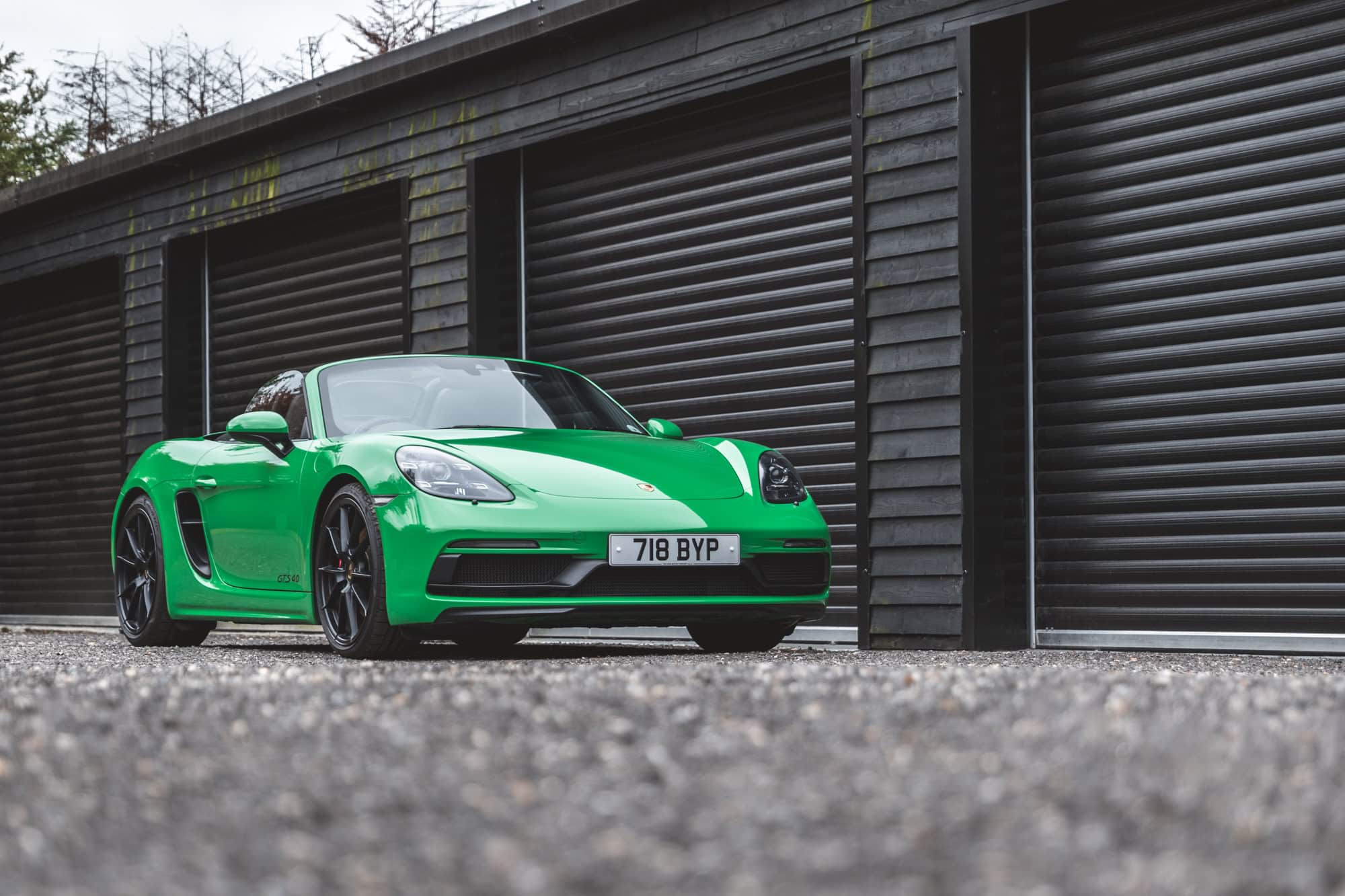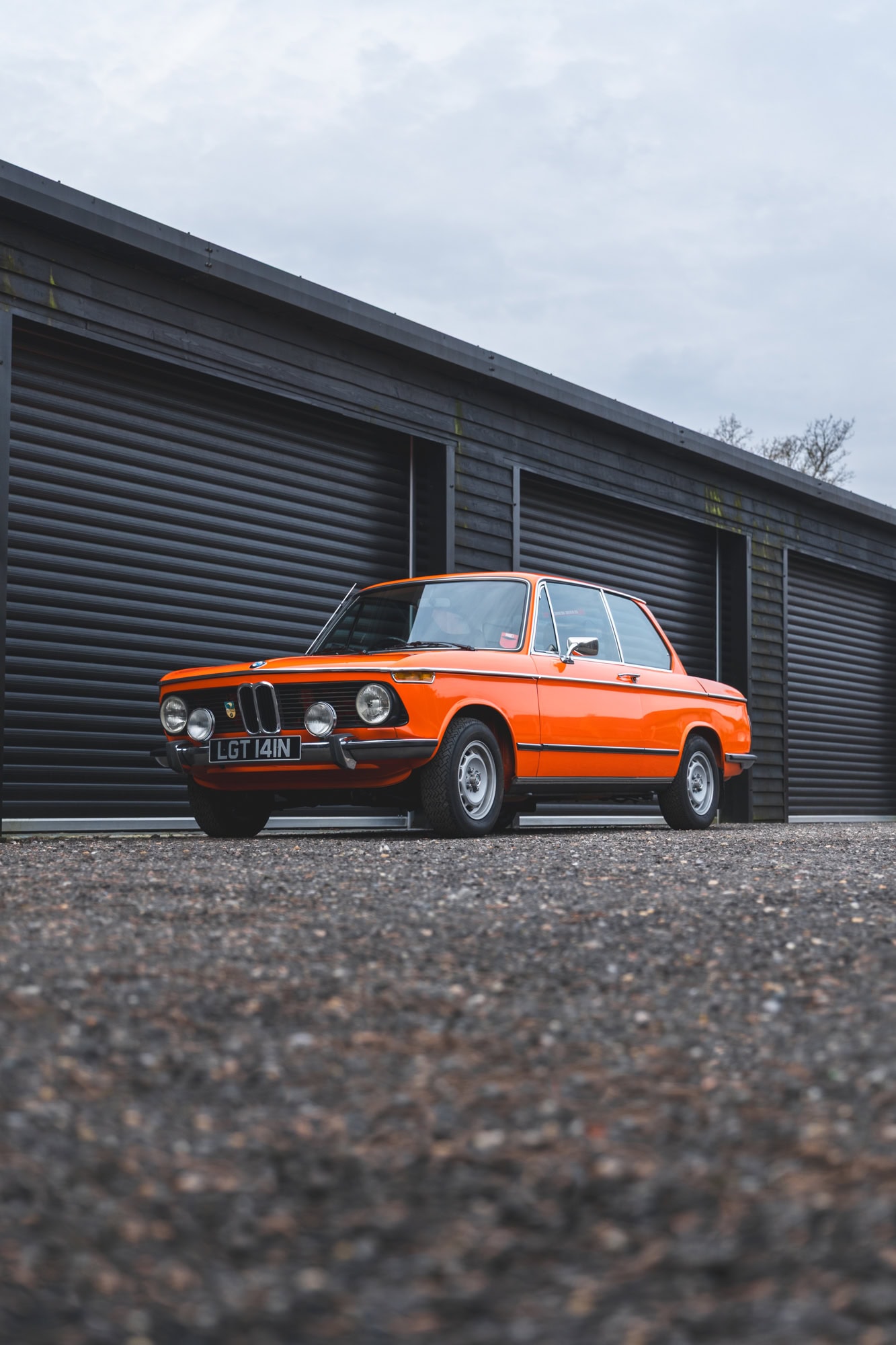Purpose Built
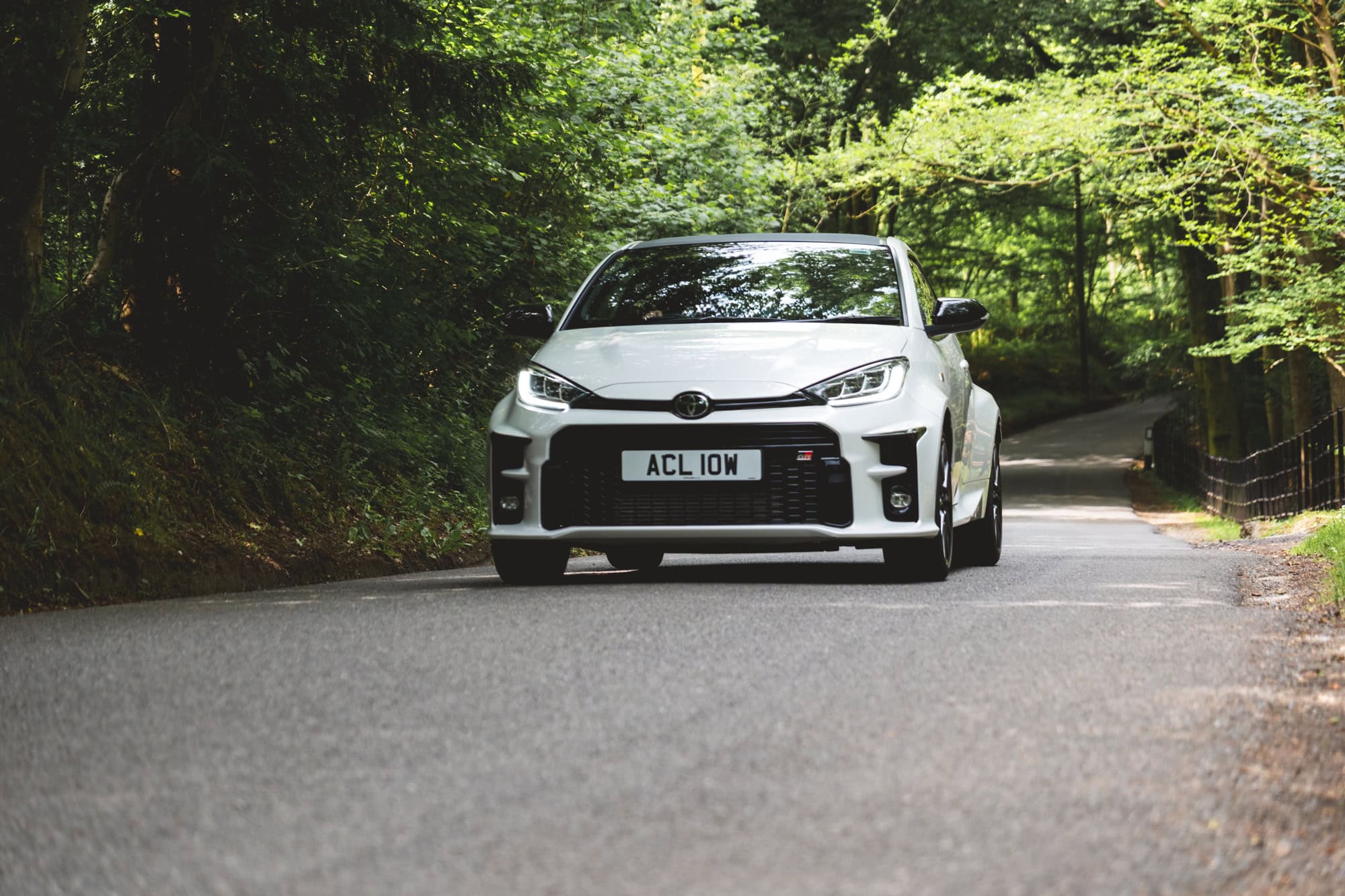
There's no replacement for displacement. Toyota must have missed that memo when they first started developing the Yaris GR Four.
Plucked off the assembly line and handbuilt at the Motomatchi factory (the same factory responsible for the spaceage Lexus LFA) the Yaris GR Four was built for one thing and one thing only, to dominate the World Rally Championship.
However, this homologation special would never see action in the WRC. Built to replace the existing Yaris, the pandemic would halt the WRC in its tracks and by the time the dust had settled, new rules from the FIA requiring the cars to have hybrid engines would mean the GR Four had missed its window to compete. It would be the general public then, that would benefit from the rigorous research and development lavished on the GR Four.
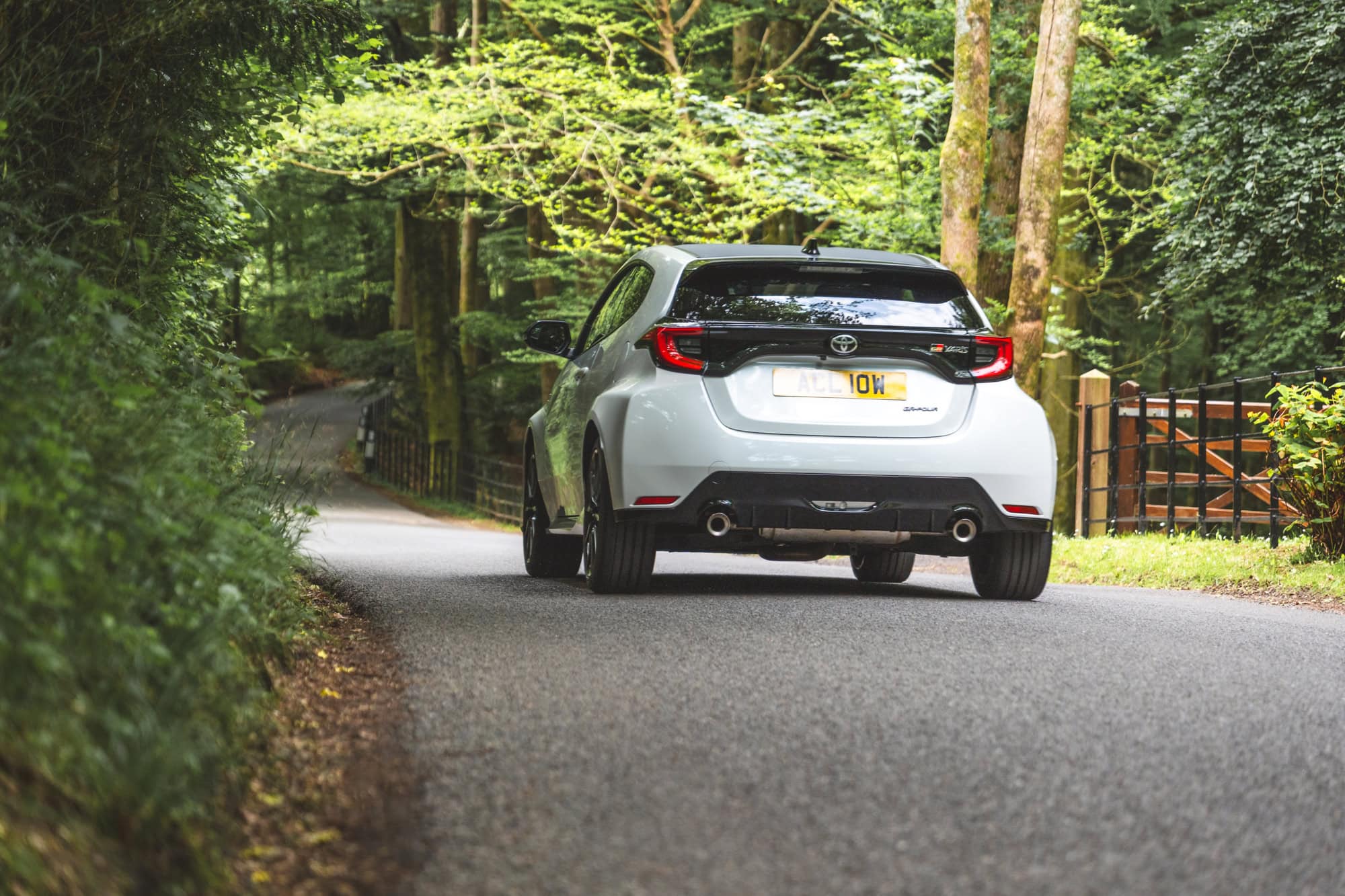
The Pearl White example I have here is the £35,000 flagship spec with what Toyota is calling the ‘Circuit Pack’, promising words for perhaps the most interesting hot-hatch to come along in almost a decade. But can it really be everything the marketing department makes it out to be? Let’s take a look at what £35,000 of Toyota will get you…
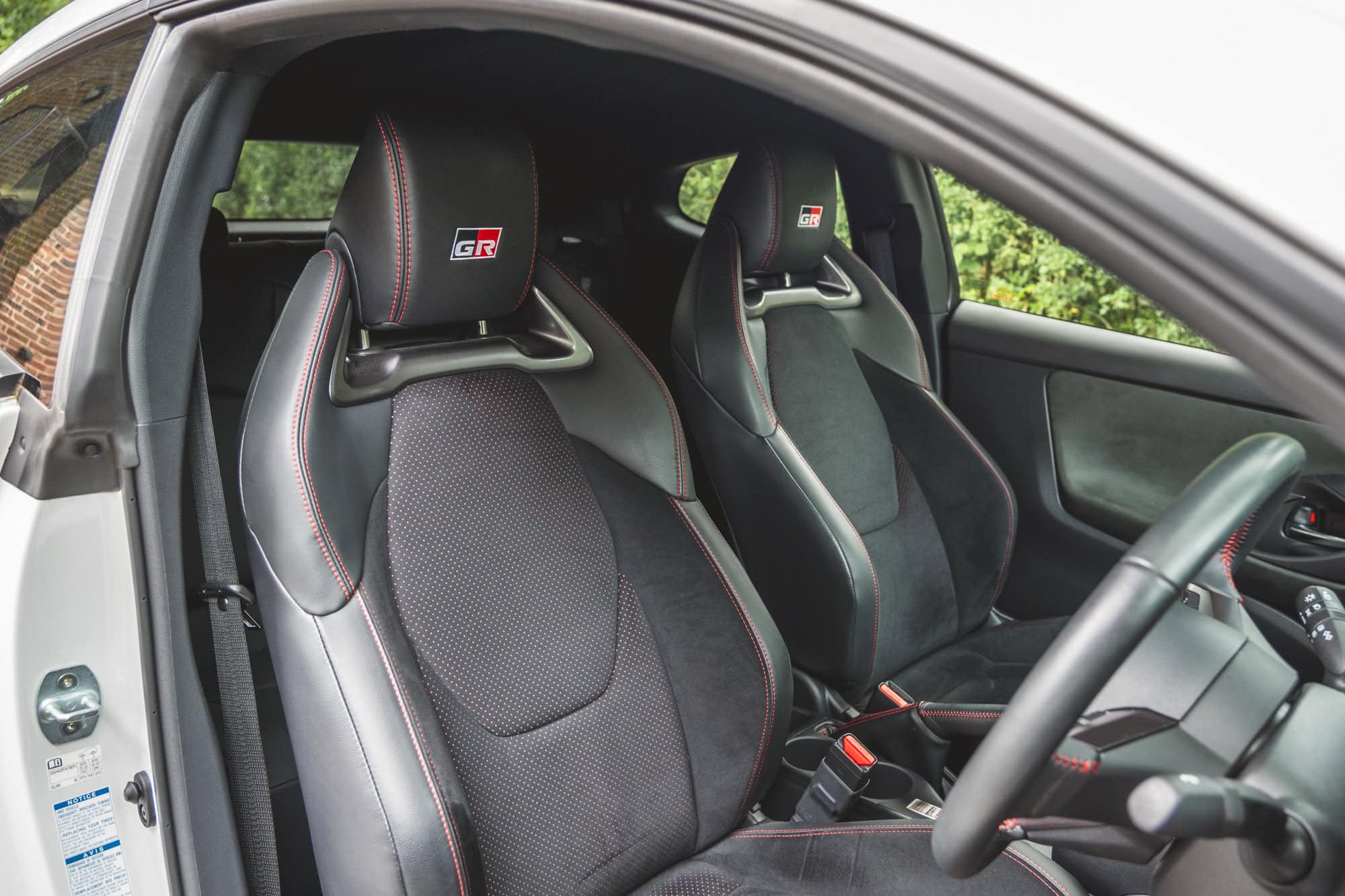
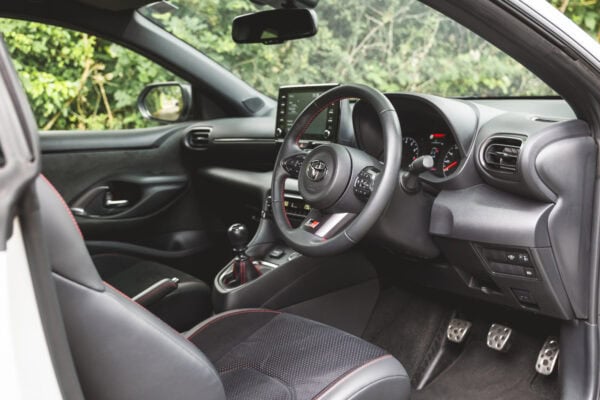
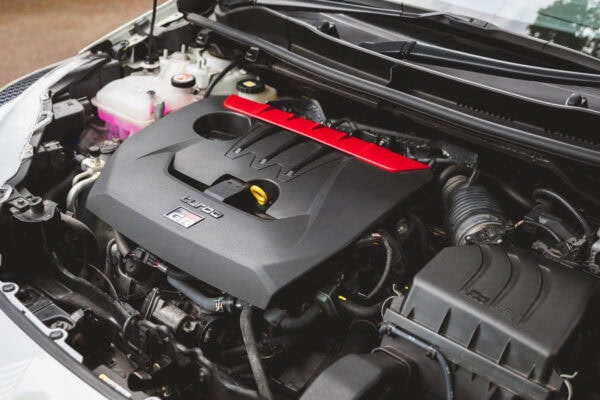
As convention dictates, we’ll begin with the engine. The GR houses a modest 3-cylinder 1.6 litre petrol. Nothing to write home about there -in fact that’s probably not enough to make me buy the postcard, but to get the power figures needed for a WRC homologation, Toyota have wafflestomped a sizeable turbo onto the pipework. This brings the power figures to an impressive 257 bhp and 360 N·m of torque, with traditional means of control thanks to a slick modern 6-speed manual gearbox.
Translation: For a car you would expect to see outside a National Trust tea room, it's quicker than it has any right to be. Possibly too quick, for such congested roads. I would suggest any owner gets used to finding the brake pedal, you’ll be using it a lot.
While I’m on the subject, the pedal spacing is a bit of a mystery for a car with such motorsport focus, the large gaps make it troublesome to deploy a bit of heel-toe throttle control. The brakes themselves however, are superb. If like this one, you opt for the Circuit Pack, brakes are upgraded to 4-pot calipers and 356mm discs up front, whilst the rears receive 297mm discs and 2-pot calipers allowing you to brake later and spend less time hunting for the middle pedal.
Handling has again been improved with a thicker anti-roll bar, stiffer springs and super sticky Michelin Pilot Sport 4 s tyres wrapped around some aggressive 18 inch forged BBS wheels. Made in Japan, they shave an additional 10kg off the total weight of the GR.
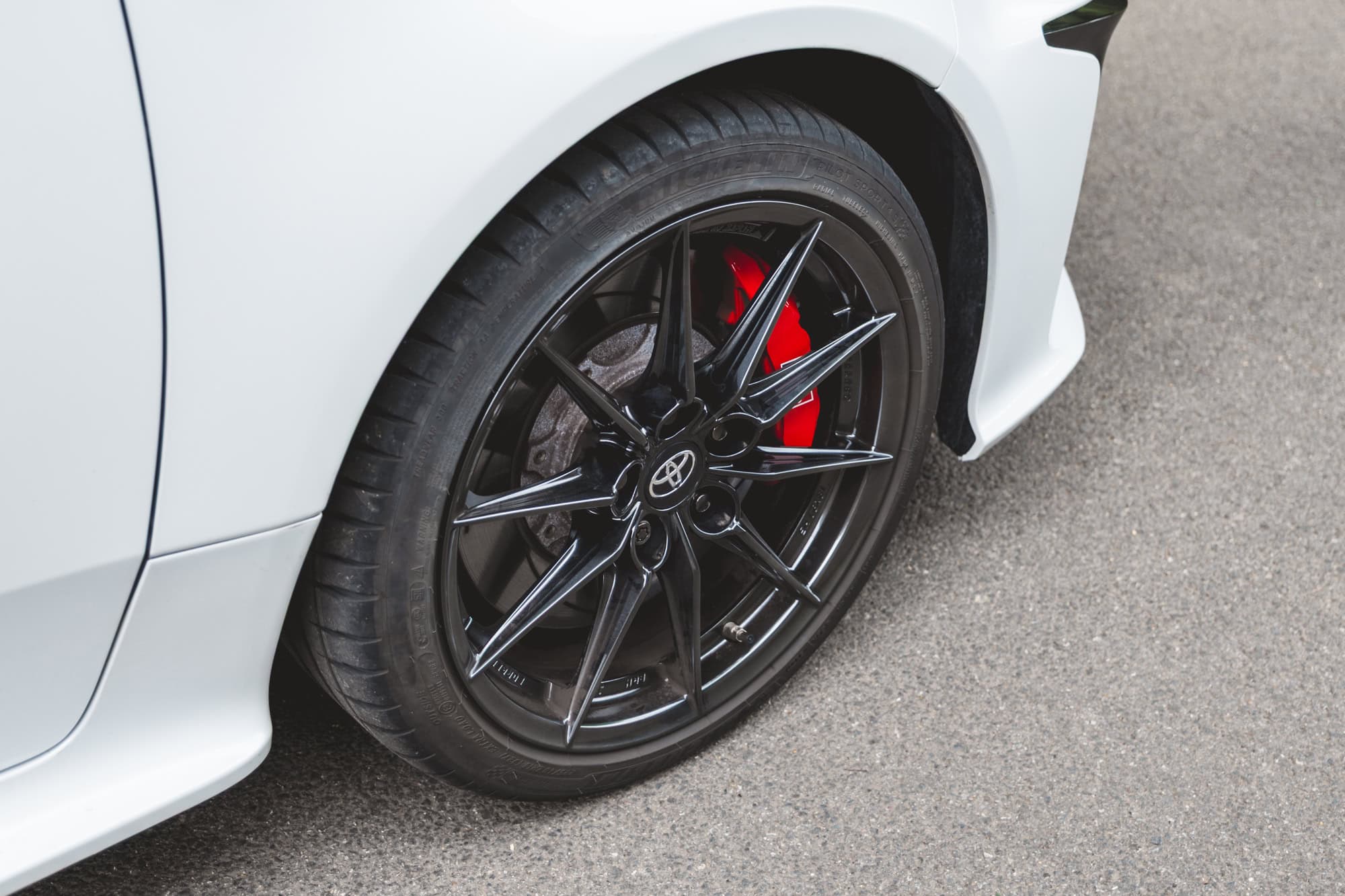
A carbon fibre roof helps to lower the centre of gravity. Aluminium bonnet and doors contribute to an overall lightweight and compact package. If I had to be critical, I would say that some of the interior plastics are not up to scratch for a £30,000+ car, whether this is an attempt to save weight or just a byproduct of its econobox beginnings (I would guess the later) is unclear. The sports seats on the other hand, are absolutely up to the job of keeping the driver in place and comfortable. Folks over 6ft tall would most likely appreciate a slightly lower seating position but that really is nit-picking.
The GR’s partypiece of course is its specially developed four wheel drive system. Three modes allow the driver to tailor power delivery accordingly:
Normal Mode 60% front 40% rear
Sport Mode 30% front 70% rear
Track Mode 50% front 50% rear
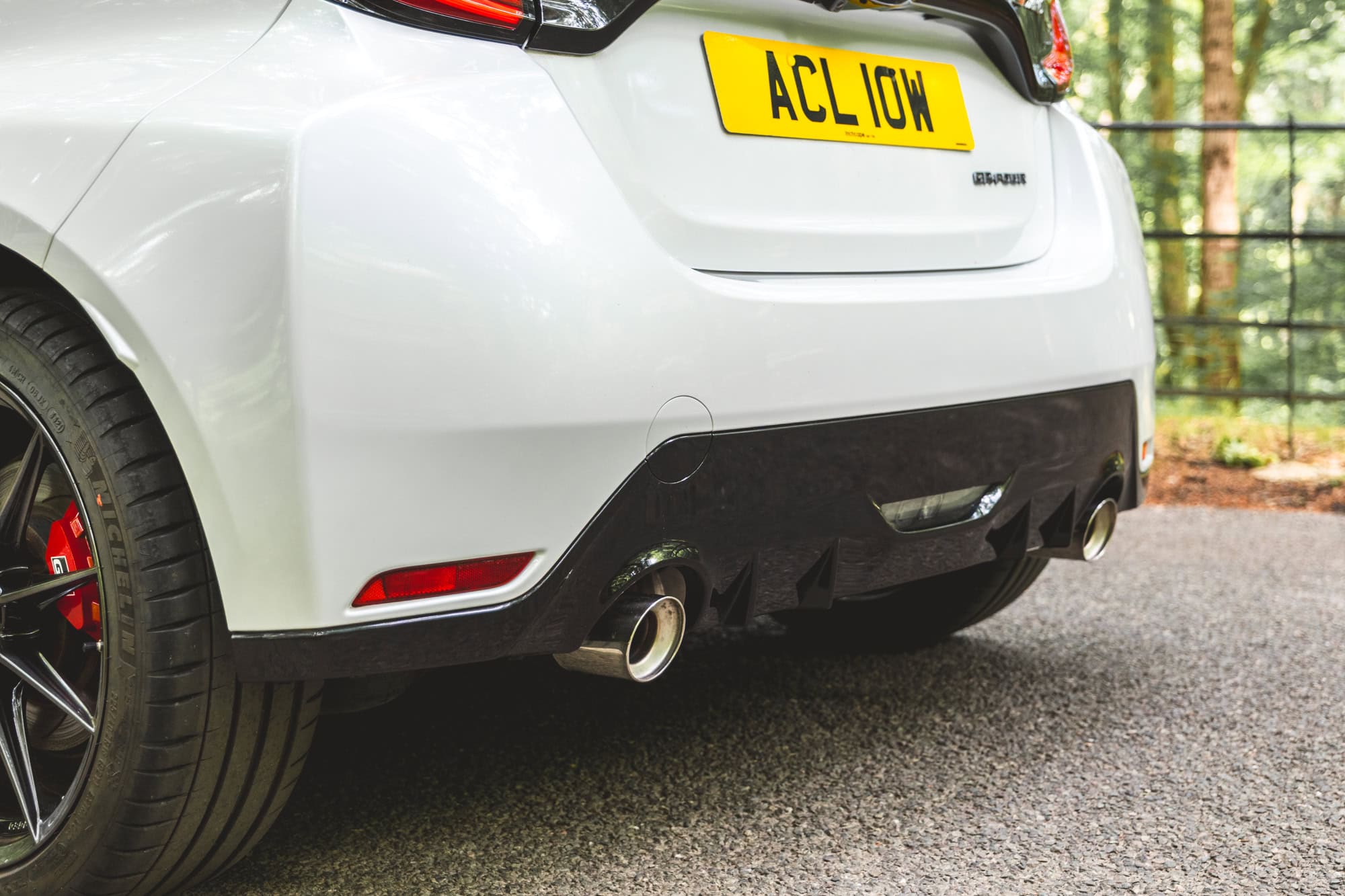
Having had a little play with the modes on my test route, a back lane with plenty of hill climbs and tight turns, I put it in track mode and firmly left it there. Planting your foot on the pedal propels the GR to 60mph in around 4-5seconds (scientifically measured by counting mississippily), the 4WD system working hard to make best use of the power available.
Under 2,500 rpm the engine is underwhelmingly quiet and it’s not until you storm past the 3,000 rpm mark that you get a satisfying growl from the exhaust. I understand that some of this noise is pumped into the cabin through the speakers and whilst I can’t be mad that Toyota has tried to make the experience of a 3-cylinder sound more visceral, it does feel a bit like they’ve been copying Renault’s homework. A performance exhaust would definitely be on the shopping list if I wasn’t concerned with originality.

The more digital ink I spill, I get the feeling that the memo I alluded to at the start of this article was not in fact missed, but flat out ignored. With the GR being championed by Toyota Chairman Akio Toyoda himself and developed by Toyota Gazoo Racing, I sense that everyone involved in the project felt proud to be there. Like the WRC Carolla and Celica GT Four that came decades before, the GR Four is here to send a message and remind us all that Toyota can still bring the fun.
-Callum

